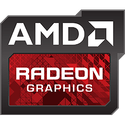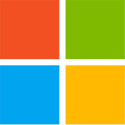
AMD Stock Jumps 10% on Monday, Propelled by Meta (Facebook) Deal
AMD on Monday made several major announcements covering different parts of its enterprise product roadmap. These included the 3rd Gen EPYC "Milan-X" processors with 3D Vertical Cache memory; Instinct MI200 CDNA2 compute accelerators, and announcements related to next-generation "Zen 4" based EPYC "Genoa" and "Bergamo" processors that come with core counts as high as 128. The company's stock rallied up to 12%, closing up 10%, which left many in the tech community scratching their heads. It turns out that the AMD-Meta deal has a profound impact on investors.
Meta, the holding company of Facebook covering all its businesses, aspires to be a major cloud solutions provider on par with Microsoft Azure, AWS, and Google Cloud. The deal could see Meta buying large stocks of AMD processors and compute accelerators to drive its next-gen server infrastructure. Sales of enterprise processors doubled year-over-year for AMD, and EPYC processors now account for 20% of the company's revenues.
Meta, the holding company of Facebook covering all its businesses, aspires to be a major cloud solutions provider on par with Microsoft Azure, AWS, and Google Cloud. The deal could see Meta buying large stocks of AMD processors and compute accelerators to drive its next-gen server infrastructure. Sales of enterprise processors doubled year-over-year for AMD, and EPYC processors now account for 20% of the company's revenues.




















































